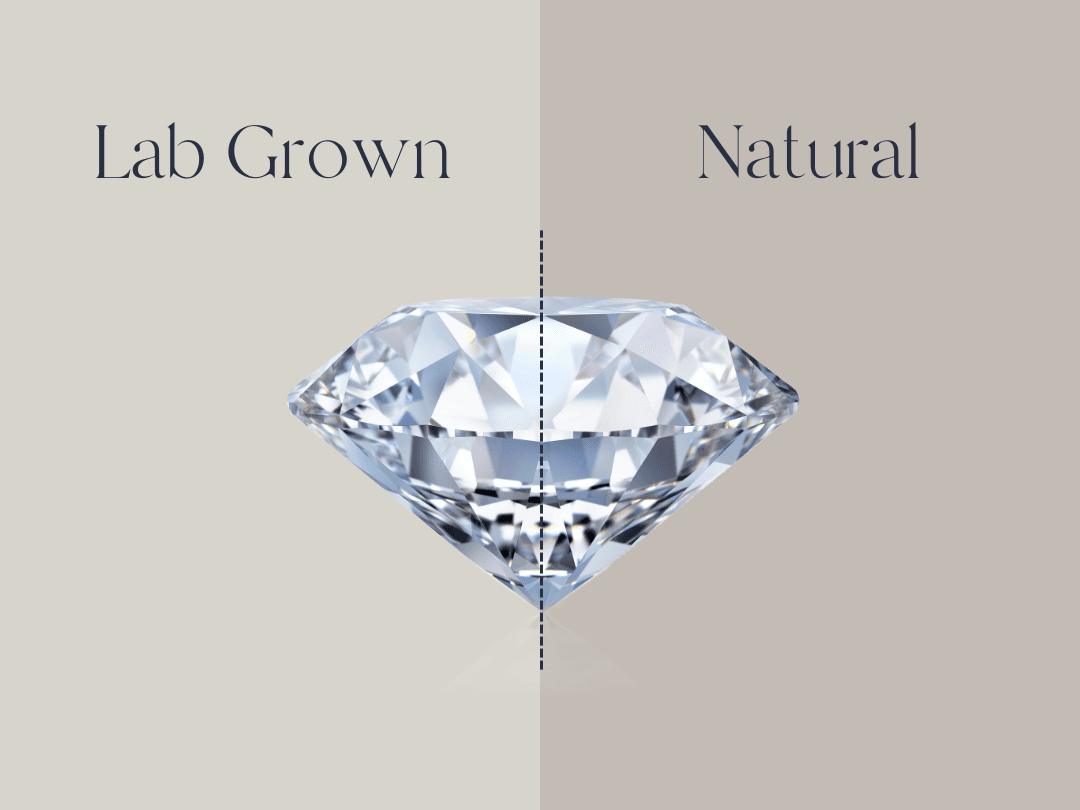The Future of Fashion: How Customization and Personalization are Revolutionizing the Fashion Industry

The fashion industry is undergoing a significant transformation, with customization and personalization leading the way. Today’s consumers seek unique, individualized experiences and products that reflect their style and values. Fashion brands are finding innovative ways to meet these demands, from made-to-measure apparel to virtual styling tools and personalized shopping experiences.
In the US, the apparel market comprises different categories and segments. From sportswear to business attire, discount to luxury, the fashion apparel industry is worth billions of dollars in its own right.
As per the stats from Statista, the revenue of the U. S fashion industry is projected to reach US $215 billion in 2023. The fashion industry continues to show positive growth. It is estimated that the revenue will rise to almost $314.50 billion by 2027.
This article will explore how customization and personalization are revolutionizing the fashion and apparel industry and what the future of fashion might look like.
Table of Contents
The Rise of Printable Heat Transfer Vinyl and Digital Printing
Printable heat transfer vinyl and digital printing have revolutionized the custom apparel industry by offering affordable and easy-to-use solutions for creating personalized designs. With these technologies, individuals and businesses can create intricate and detailed designs that would have been difficult or expensive to produce with traditional methods.
Printable heat transfer vinyl (HTV) is a versatile material for creating custom clothing and fabric designs. This vinyl makes it easy to produce unique, high-quality prints and patterns that can be transferred to garments using a heat press. Printable heat transfer vinyl allows for high-quality, durable prints that can be applied to a wide range of materials, including cotton, polyester, and even leather.
On the other hand, digital printing provides a similar level of customization but even greater flexibility in terms of color and design options. As these technologies continue to evolve, they will undoubtedly play a significant role in the future of custom apparel.
Printing on Fabric
Printing on fabric has been a popular method of customization for clothing and home decor for many years. The process involves transferring ink or dye onto a textile surface, creating vibrant and intricate designs that can be as simple or complex as desired.
Today, various printing methods are available, including screen printing, digital printing, heat transfer printing, and more. Each method has unique advantages and challenges, and the choice of which method to use will depend on the desired outcome and the specific materials used.
Technological advances have made printing on fabric more accessible, affordable, and customizable than ever before. However, women are more demanding when it comes to printing on fabric or apparel. That is why according to Zippia, the women’s apparel segment alone has an estimated revenue of $804 billion. It is just double the men’s segment of apparel.
The Rise of the Custom Fit
In recent years, there has been a growing trend towards custom fit in various industries, including fashion. Technological advancements have made it easier and more affordable to offer custom-fit products, such as made-to-measure clothing and personalized footwear. The rise of the custom fit reflects a shift towards more individualized products that cater to specific body types and preferences.
Consumers are increasingly seeking products that fit them perfectly, providing a comfortable wearing experience and a sense of exclusivity and personalization. As this trend continues to gain momentum, more fashion brands will likely adopt custom-fit options, making it a standard part of their offerings.
Customization Addresses Customer Needs
Customization is a way for businesses to address their customers’ unique needs and preferences. By offering customized products, companies can create a more personalized and engaging experience for their customers, building stronger relationships and increasing brand loyalty.
Customization also allows companies to provide solutions to specific customer needs, whether for a unique size, color, or desire for a specific feature or design.
For instance, the news was published on USAToday.com with a list of personalized gifts for Valentine’s Day. The customized boxer brief was featured in it with a unique customization style. It would be a perfect gift for your man if you want to give him something like never before and if he has a good sense of humor.
This is just an example that shows the influence of customization. By listening to their customers and providing customized solutions, businesses can differentiate themselves from their competitors and create a strong competitive advantage.
Creates a Unique Shopping Experience
Customization creates a unique shopping experience that sets it apart from traditional retail. Customers can create one-of-a-kind products tailored to their tastes and preferences with customization.
This level of personalization not only adds a sense of exclusivity and luxury to the shopping experience but also allows customers to feel more invested in the product they are purchasing. In addition, by involving customers in the design process, businesses can create a stronger emotional connection with their customers, leading to increased brand loyalty and higher customer satisfaction.
The unique shopping experience created by customization is a powerful tool for businesses seeking to differentiate themselves in an increasingly crowded marketplace.
A New Way to Brand Your Brand
Customization has become a new way for businesses to build their brand. By offering personalized products, businesses can create a unique and memorable experience for their customers, leaving a lasting impression on their brand.
By incorporating the company’s logo, colors, or other branding elements, customized products can be created to augment brand recognition and awareness. This approach to branding also provides a more subtle, less overt way to promote the company, as customers can wear or use the product in their everyday lives.
By leveraging customization as a branding tool, businesses can create a strong, differentiated image that resonates with their target market and helps them stand out.
Conclusion
The growing demand for customization and personalization is shaping the future of fashion. Consumers are looking for products that reflect their unique style and preferences, and businesses that can deliver on these demands will likely see continued success in the coming years.
Technological advancements have made customization more accessible and affordable, allowing for greater innovation and creativity in the fashion industry as the trend toward customization and personalization continues to gain momentum.
Businesses that can provide unique and individualized customer experiences will likely emerge as the leaders in this rapidly evolving market. The future of fashion is exciting, and those who embrace this trend are poised for success.

 Women’s Ring Size: A Complete Guide
Women’s Ring Size: A Complete Guide  Understanding Why Diamond Size Matters in Lab-Created Diamonds
Understanding Why Diamond Size Matters in Lab-Created Diamonds  Mined Diamonds Karma: Understanding the Ethical and Environmental Impacts
Mined Diamonds Karma: Understanding the Ethical and Environmental Impacts  Buy Novita Lab Diamonds: A Comprehensive Guide
Buy Novita Lab Diamonds: A Comprehensive Guide  GIA vs IGI: Which Diamond Certification is Right for You?
GIA vs IGI: Which Diamond Certification is Right for You?  The Evolution of Traffic Laws: How Road Regulations Have Changed Over Time
The Evolution of Traffic Laws: How Road Regulations Have Changed Over Time  Are LLCs More Cost-Effective Than Corporations? Exploring the Costs of Formation
Are LLCs More Cost-Effective Than Corporations? Exploring the Costs of Formation  Ready to Ship Engagement Rings in Singapore: A Perfect Choice for Your Special Moment
Ready to Ship Engagement Rings in Singapore: A Perfect Choice for Your Special Moment  Vehicle Accident Lawyers: Expert Legal Support for Your Claims
Vehicle Accident Lawyers: Expert Legal Support for Your Claims